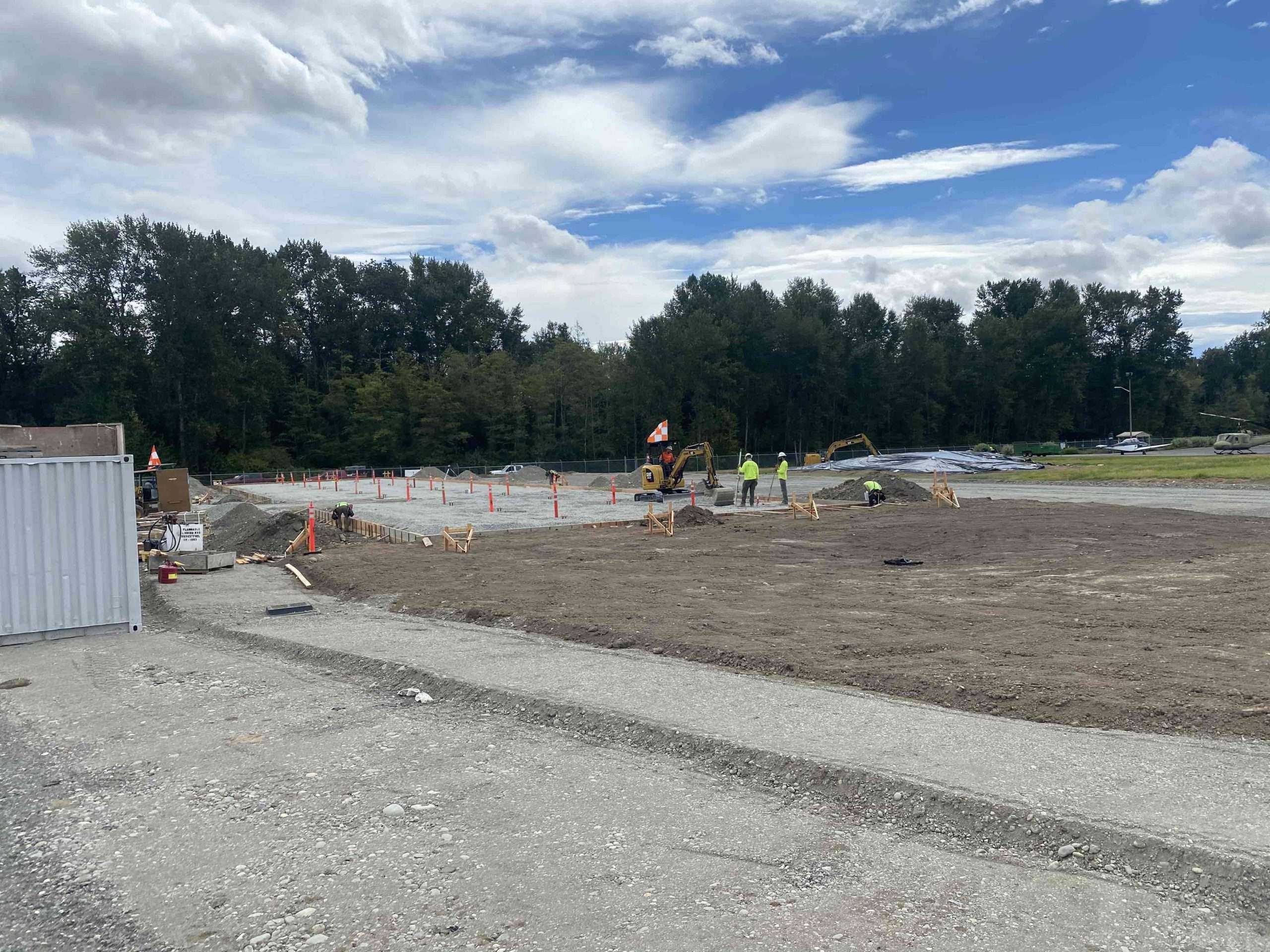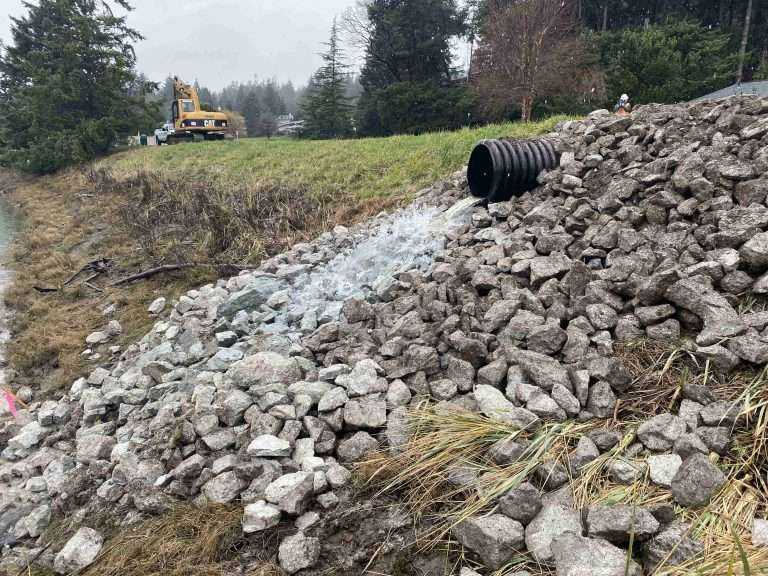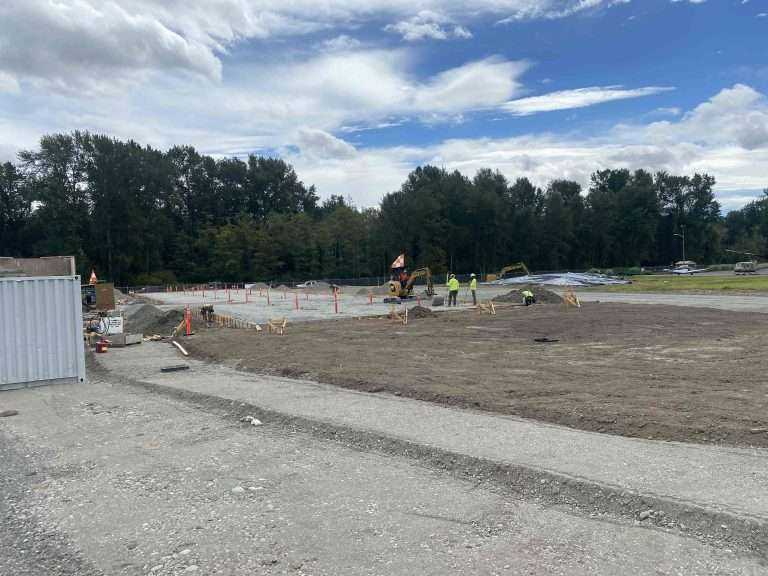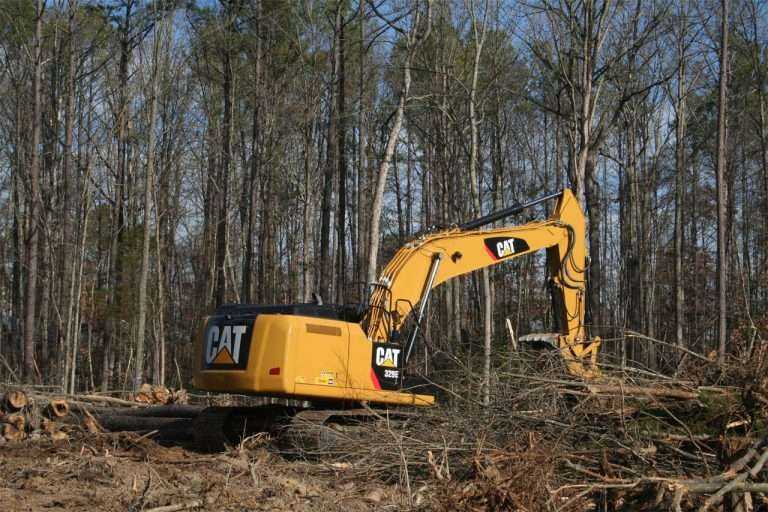New Construction Site Preparation
Before any commercial construction or residential development can begin, there are a few steps to follow to prepare the site. Approaching every detail with care, even down to pre-construction steps such as these, signals professionalism. It can mean all the difference between a successful and unsuccessful final project.
CF Excavating is a Skagit County-based company that provides for all client site prep, demolition, utility, grading and excavation needs. Below, we lay out some of the steps in the new construction site preparation process.
8 Steps For New Construction Site Prep
Construction site preparation, for either commercial construction or residential development, is necessary before any building can occur. It prepares the site so that the land is suitable for construction. This ensures the longevity of the development.
Site Access and Elevation
The first thing to consider is the accessibility of the site. It’s worthwhile to think of the comings and goings of your construction team and equipment. Simple site access makes the process of delivery of equipment and raw materials much smoother.
Also consider identifying where trees are, the road width, power lines, existing buildings, and garbage disposal routes.
The elevation of the site is another aspect that goes hand in hand with the location. Elevation will affect water flow directions and the drainage of the site. Drainage can be a messy, difficult, and expensive task. So, it’s wise to think about this early on.
Site Clearance
During site clearance, area grading is necessary to avoid any obstructions once the building starts. To clear the site, you will need to eliminate all construction equipment, machinery, and rubble from construction.
Furthermore, demolition of all buildings, trees, and unnecessary underground structures should occur. This step is also important for safety purposes for all teams moving on- and off-site. It removes all obstacles from the building area to provide a clear plot of land for construction.
Site Surveyance
Site surveying is necessary for zoning and permit requirements in Skagit county. This process involves a surveyor evaluating the site and marking the exact areas where the construction of buildings will take place. This is when the plans and ideas begin to take shape.
Construction Soil Testing
Soil testing is a vital part of any commercial construction project and occurs through geotechnical investigations. This step helps assess the soil properties and density.
In addition, it explores how absorbent the soil is and whether it can provide adequate support for foundations and structures.
Neglecting this step is not an option. If it emerges that the soil is not supportive enough, you may have to consider another site.
There are various soil types including:
- Class A (Acceptable). Minimal to no ground movement as a result of moisture fluctuations, mainly sand and rock.
- Class S (Satisfactory). Slight ground movement in response to water changes-result in somewhat reactive clay sites.
- Class M (Moderate). Mild moderate ground movement from moisture changes, with mildly responsive clay and silt sites.
- Class H1 and H2 (Highly reactive). Highly responsive clay sites that may experience high ground movement from changes in moisture.
- Class E (Extreme). Extremely responsive sites. May experience excessive ground movement.
- Class P (Problem). This class outlines potential issues in site preparation. Some examples include soft clay, loose sand, or silt which may lead to landslides. Soil crumbling can also occur under the effects of erosion.
Site Design and Planning
In this step, you will need to look at any existing Skagit County underground services installed. Here, you can figure out ways to work around these without disrupting or damaging services.
Furthermore, you should assess what the groundwater level is and how much grading is necessary for redirecting water flows. Other aspects of the site to assess are the ease of excavation and depth of potential frost.
Safety and Risk Liability Mitigation
It goes without saying that the construction process itself has certain risks that require safety precautions. This extends to the construction site preparation.
Possible safety points can include delegating a safety manager and program officer to assess site hazards. Having a Builder’s Risk insurance policy is also imperative to protect your final chosen site.
Site Excavation and Earthwork
Construction sites can see two types of excavation. These include bulk excavation and detailed excavation. While bulk excavation involves clearing the whole area so that it’s level, detailed excavation pays more attention to tree roots, loose earth, and mud.
Both types of excavation contribute to creating a level surface area so that the site is ready for construction.
Final Thoughts
Preparing a site ahead of construction can result in significant cost savings and a better allocation of time. Commercial construction and residential development projects will always require construction site preparation before they can begin.
If you need professional excavating services to prepare your construction site, give CF Excavating a call. We are passionate about helping our clients reach their goals and deliver the best excavating service possible.




